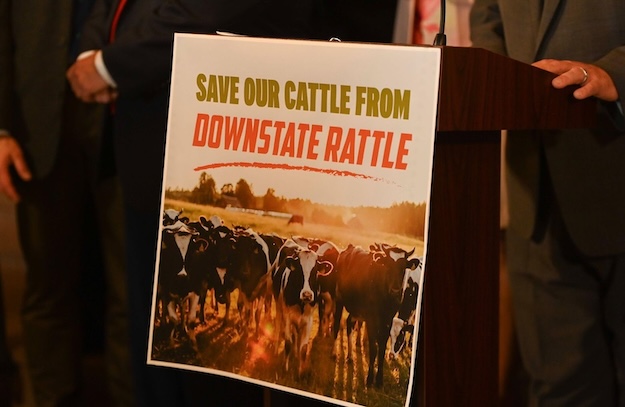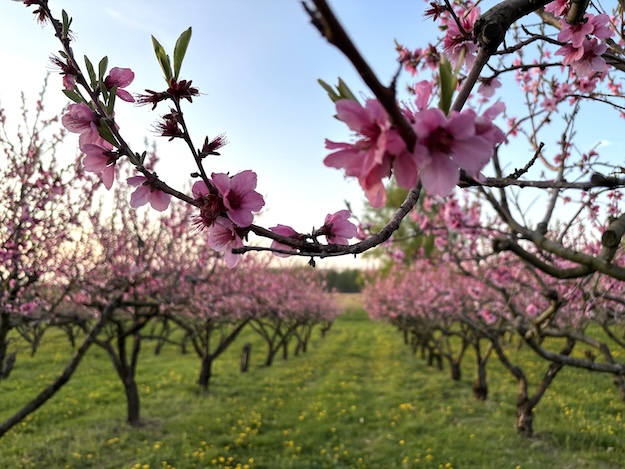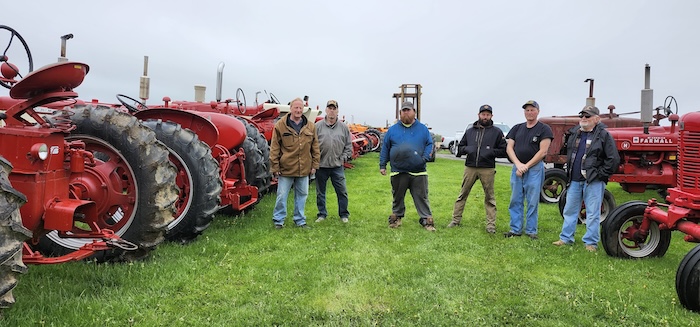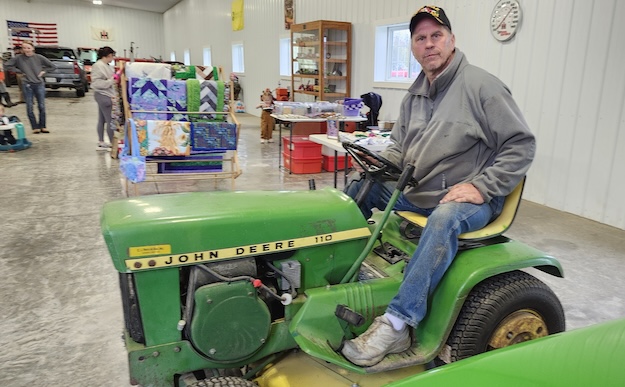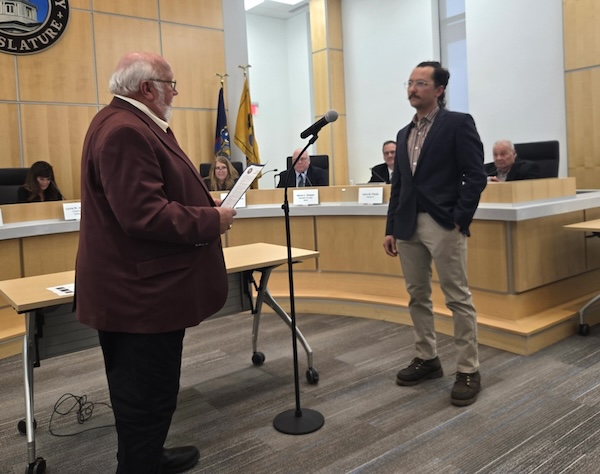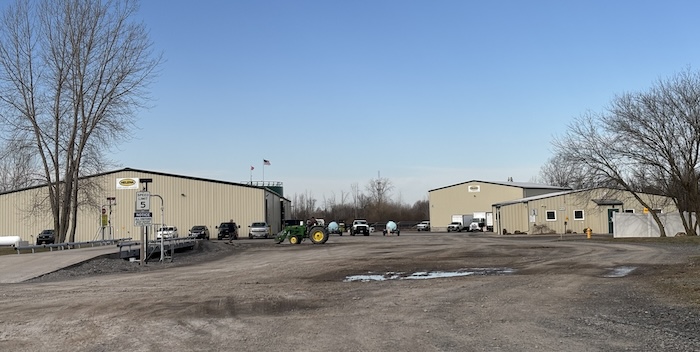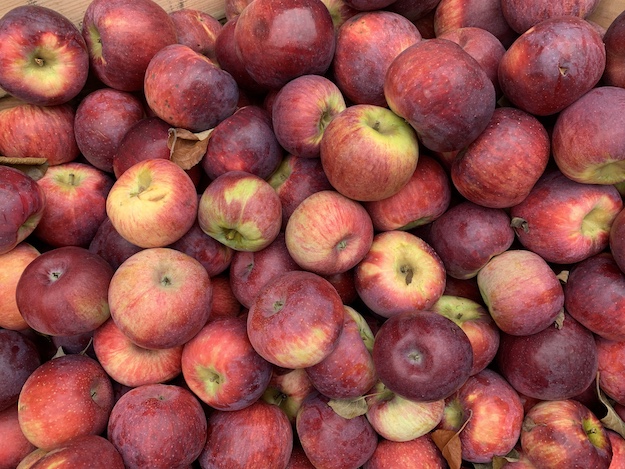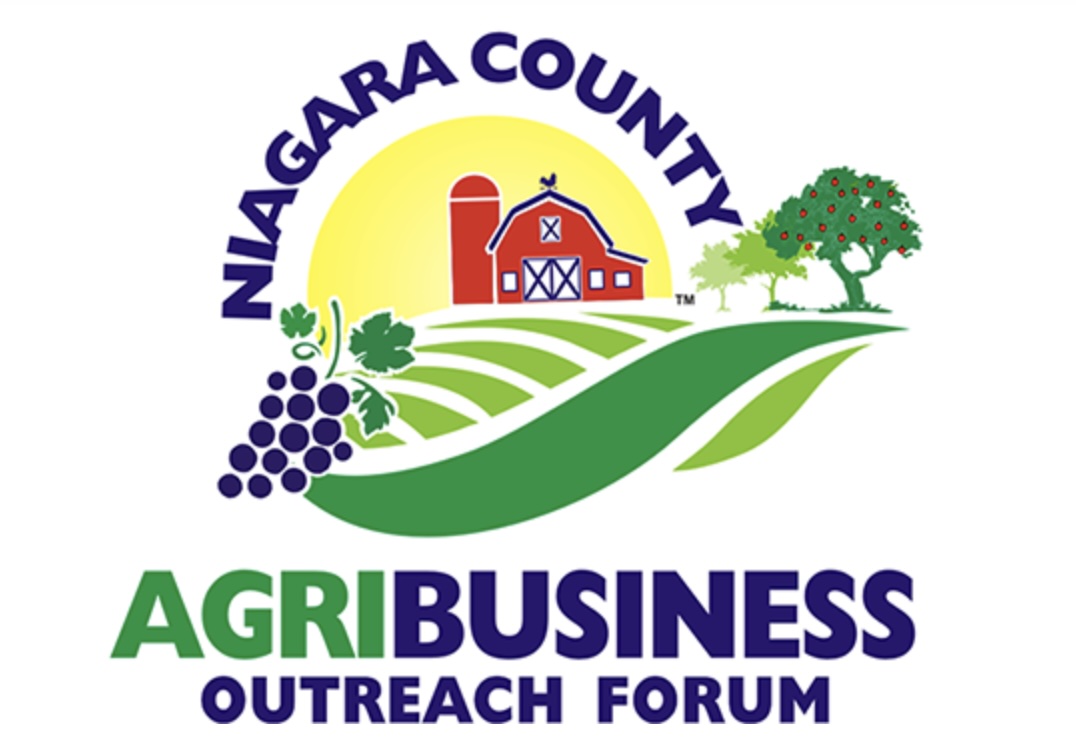Roy-Hart Middle School embraces Ag in Classroom efforts

Photos from Roy-Hart Central School: Roy-Hart Middle School students learn about agriculture in multiple ways, including hands-on learning and agriculturally themed literature.
Press Release, Roy-Hart Central School
MIDDLEPORT – Royalton-Hartland Middle School is thriving—thanks in large part to the support of Cornell University’s New York Agriculture in the Classroom (NYAITC).
With the help of this statewide initiative, students are not only learning about agriculture—they’re living it.
This year, science teacher and Middle School Green Team Club Advisor Susan McLaughlin was selected to present her student-led project – “We Need Farms: You Get an Acre!” – at the National Agriculture in the Classroom Conference in Minnesota. While McLaughlin is not an agriculture teacher by title, she has become a powerful advocate for agricultural literacy through the many programs and resources NYAITC offers.
“NYAITC has transformed how we teach agriculture at our school,” McLaughlin said. “It’s not just an add-on. It’s part of our curriculum, our cafeteria, and our community.”
Among the school’s achievements this year:
- Second place in the statewide Schoolyard Sugaring Maple Contest in the Middle School Division, where students collected over 45 gallons of sap from their backyard and boiled it into a gallon of maple syrup for the cafeteria. NYAITC provided the supplies at no cost.
- Participation in classroom competitions like the Mac and Cheese Challenge and Ice Cream Challenge, with creative student-made entries including: “What Up Mac?” — a carrot-based macaroni and cheese; “Maple Swirl” — made with maple sugar, RH maple syrup, and RH maple caramel; and “Deep Dirt” — chocolate custard ice cream with brownie chunks, green sprinkles, and a gummy worm on top.
In addition to contests, Royalton-Hartland Middle School secured two NYAITC grants and a scholarship:
- The Grow with Us Grant funded the cultivation of Swiss chard and romaine lettuce, harvested for school lunches via three aeroponic grow towers. It also provided supplies for the Trout in the Classroom project, where students raised and released 100 brook trout while learning about ecosystems and the fish industry.
- The Agricultural Literacy Grant supported a place-based learning experience tied to agriculturally themed literature. Students visited Season of Alpacas, a hobby farm in Lockport, and participated in a reading of Lincoln Clears a Path by local children’s author Peggy Thomas—held in a real Lincoln Log Cabin. Each student received a signed hardcover copy of Thomas’s book.
McLaughlin also received a scholarship to attend and present at the National Agriculture in the Classroom Conference, inspired by lesson plans from the National Agriculture Literacy Curriculum Matrix, a free online resource filled with ready-to-use agricultural lessons.
“These opportunities are available to every school in New York State,” McLaughlin emphasized. “All you need is a plan and a willingness to try.”
With global food needs expected to rise dramatically by 2050, agricultural education is more important than ever. Thanks to NYAITC, Royalton-Hartland Middle School is not just preparing students for the future—they’re helping them grow it.




























